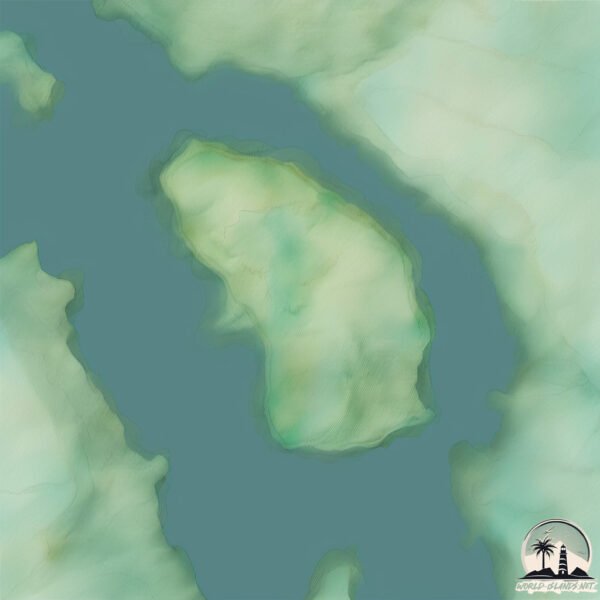Haringvreter

Welcome to Haringvreter, a Temperate island in the North Sea, part of the majestic Atlantic Ocean. This guide offers a comprehensive overview of what makes Haringvreter unique – from its geography and climate to its population, infrastructure, and beyond. Dive into the details:
- Geography and Size: Explore the island’s size and location.
- Climate and Weather: Weather patterns and temperature.
- Topography and Nature: Uncover the natural wonders of the island.
- Infrastructure and Travelling: Insights on reaching, staying, and making the most of your visit.
- News and Headlines: Latest News.
Geography and size of Haringvreter
Size: 1.057 km²
Coastline: 5.8 km
Ocean: Atlantic Ocean
Sea: North Sea
Continent: Europe
Haringvreter is a Small Island spanning 1.1 km² with a coastline of 5.8 km.
Archipel: –
Tectonic Plate: Eurasia – One of the world’s largest tectonic plates, the Eurasian Plate covers a significant portion of Europe and Asia. It’s characterized by diverse geological features, including the Ural Mountains, the European Plain, and the Himalayas formed from its collision with the Indian Plate.
The geographic heart of the island is pinpointed at these coordinates:
Latitude: 51.54496136 / Longitude: 3.68925089
Climate and weather of Haringvreter
Climate Zone: Temperate
Climate Details: Temperate Oceanic Climate
Temperature: Warm Summer
Climate Characteristics: Known for its moderate year-round temperatures with ample rainfall and no dry season. Warm summers are characteristic.
Topography and nature of Haringvreter
Timezone: UTC+01:00
Timezone places: Europe/Paris
Max. Elevation: 1 m
Mean Elevation: 0 m
Vegetation: Mixed Forest
Tree Coverage: 85%
The mean elevation is 0 m. The highest elevation on the island reaches approximately 1 meters above sea level. The island is characterized by Plains: Flat, low-lying lands characterized by a maximum elevation of up to 200 meters. On islands, plains are typically coastal lowlands or central flat areas.
Dominating Vegetation: Mixed Forest
A combination of both deciduous and evergreen trees, often found in transitional zones between forest types. These forests offer a diverse habitat for various wildlife species. Haringvreter has a tree cover of 85 %.
Vegetation: 5 vegetation zones – Highly Diverse Island
With five different vegetation zones, these islands offer a rich tapestry of ecosystems. The variety could include dense forests, open meadows, wetlands, coastal zones, and more. This level of diversity supports an intricate web of life, with each zone playing a vital role in the overall ecological health and balance of the island.
Infrastructure and Travelling to Haringvreter
Does the island have a public airport? no.
There is no public and scheduled airport on Haringvreter. The nearest airport is Antwerp International Airport (Deurne), located 94 km away.
Does the island have a major port? no.
There are no major ports on Haringvreter. The closest major port is VLISSINGEN, approximately 14 km away.
The mean population of Haringvreter is 37 per km². Haringvreter is Gently Populated. The island belongs to Netherlands.
Continuing your journey, Hooge Platen is the next notable island, situated merely km away.
Netherlands is classified as Developed region: nonG7: Developed economies outside of the Group of Seven, characterized by high income and advanced economic structures. The level of income is High income: OECD.
News – Latest Updates and Headlines from Haringvreter
Stay informed with the most recent news and important headlines from Haringvreter. Here’s a roundup of the latest developments.
Please note: The data used here has been primarily extracted from satellite readings. Deviations from exact values may occur, particularly regarding the height of elevations and population density. Land area and coastline measurements refer to average values at mean high tide.
